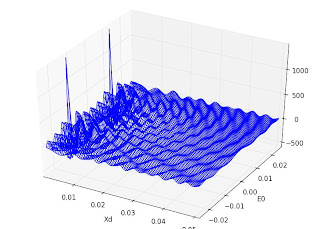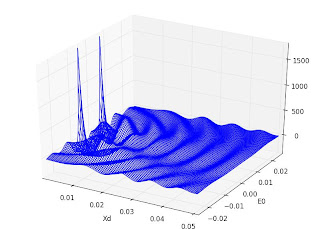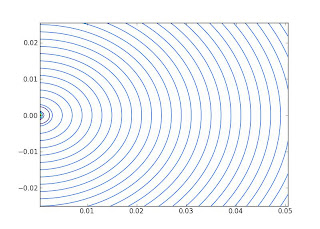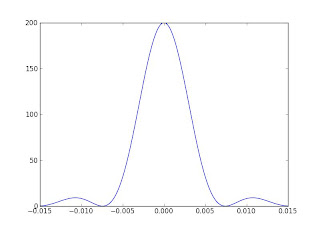Purpose:
The purpose of this lab is to examine the concept and mechanics of laser through graphic simulation.
http://media.pearsoncmg.com/bc/aw_young_physics_11/pt2a/Media/AtomicPhysics/1803Laser/Main.html
Method

Figure : Answers to question 1 to 4.
Figure : Answers to question 5 and 6.
Figure : Simulation of stimulated emission.
Figure : Simulation of stimulated emission.
Figure : Simulation of spontaneous emission.
Figure : Simulation of stimulated emission.
This lab provide a simulated environment that allows a graphical understanding of the mechanics of laser. The simulation also explains the cycle of light emission through spontaneous and stimulated method.



































